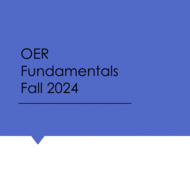Lignocellulose digestion in Protaetia brevitarsis: a tightly designed microbial production line
(View Complete Item Description)This resource is a video abstract of a research paper created by Research Square on behalf of its authors. It provides a synopsis that's easy to understand, and can be used to introduce the topics it covers to students, researchers, and the general public. The video's transcript is also provided in full, with a portion provided below for preview: "Domesticated edible insects are a sustainable protein source that has been gaining global attention. P. brevitarsis is one such species, and their larvae can also eat decaying organic waste and turn it into a plant-growth promoting mixture. But organic matter like this is high in lignocellulose, which is difficult to digest. In fact, these larvae lack the enzymes needed to break lignocellulose down on their own. So, researchers checked their microbiome for microbial genes able to fill in the gaps. The researchers established a comprehensive reference catalog of gut microbial and host genes. Between the two sets of genes, lignocellulose-degrading enzymes were abundant and highly diversified. P. brevitarsis larvae also selectively enriched their microbiome for lignocellulose-degrading microbes and had physiological adaptations that assisted in lignocellulose degradation..." The rest of the transcript, along with a link to the research itself, is available on the resource itself.
Material Type: Diagram/Illustration, Reading



